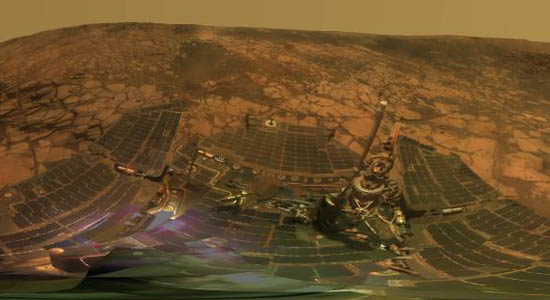
January 15 & 16
For five Earth years, the intrepid robotic explorers Spirit and Opportunity have been successfully conducting field geology at two different locations on the surface of Mars. Originally designed for a 90-Martian-day mission, the twin rovers have exceeded that requirement by a factor of 20. The rovers have traversed great plains, climbed mountains, descended into deep craters and survived lethal dust storms and frigid winters. As the rovers move, each day becomes a brand new mission with new sights and new geology to explore. With many significant discoveries already under their robotic “belts,” the rovers look ahead to 2009.
Speaker: |
Thursday, Jan. 15: Friday, Jan. 16 |
Location: |
Thursday, Jan., 15, 2009, 7 p.m.
Friday, Jan. 16, 2009, 7 p.m.
|
Webcast: |
Archived webcast with captions |